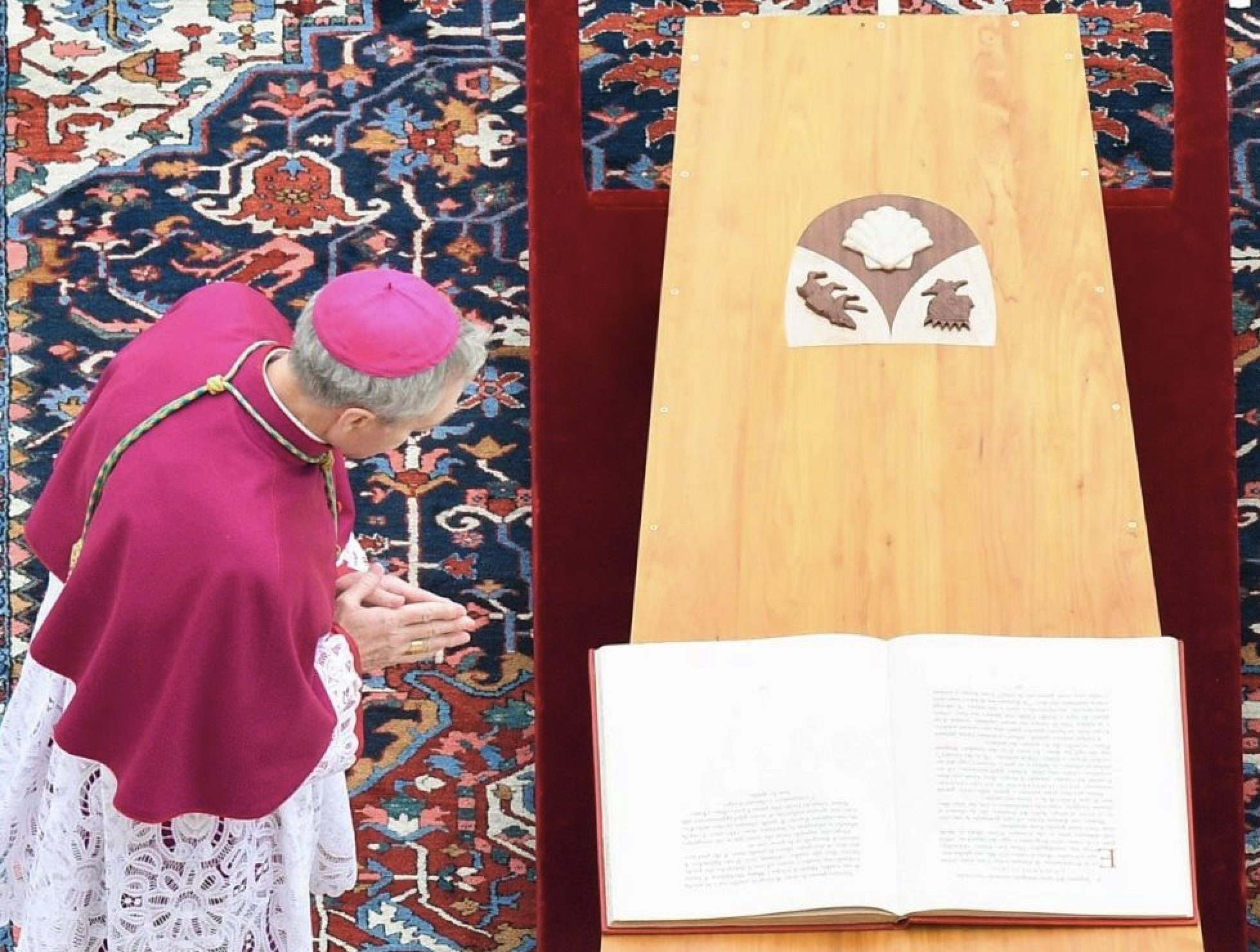After the Christmas season and before Lent, Orthodox priests have -- for centuries -- rushed to visit church-members' homes to bless them with prayers and splashes of holy water flung about with a foot-long brush or handfuls of basil.
Droplets of blessed water end up on beds and bookshelves, TVs and toys, potted plants and paintings, along with everything else.
"It's a chance to start over," said Father John Karcher of St. Nicholas Orthodox Church in Portland, Oregon. "We clean out the cobwebs of sin. … Then we make mistakes and muck it all up again. But we do this every year because God doesn't give up on us."
These rites flow out of the Feast of Theophany, which many Orthodox churches in America celebrate on January 6, or on January 19th for those using the ancient Julian calendar year-round. In addition to house blessings and liturgies, Orthodox clergy bless bodies of water -- rivers, lakes and oceans. In some parts of the world this requires man-sized holes cut into ice.
The feast's central message, said Karcher, is that "when Christ was baptized, he went into the waters and the waters didn't cleanse him -- it was the other way around. He blessed the waters and through them all of creation. … It's a beautiful thing. God responds to our prayers that he sanctifies the waters -- again."
In one rite, priests pray that the blessed water will provide "a fountain of incorruption, a gift of sanctification, a loosing of sins, a healing of sicknesses, a destruction of demons" so that worshippers will experience "the cleansing of souls and bodies, for the healing of sufferings, for the sanctification of homes and for every useful purpose."
The mysterious nature of these rites hit home a decade ago when Karcher led St. Innocent Orthodox Church in the Bay Area in northern California.










